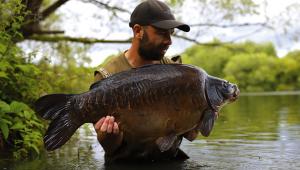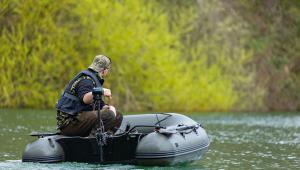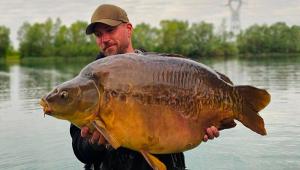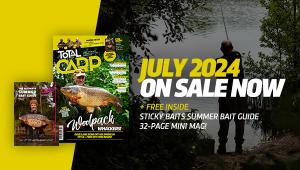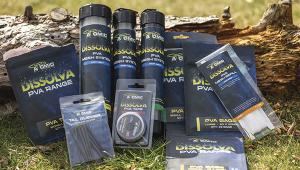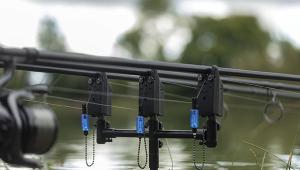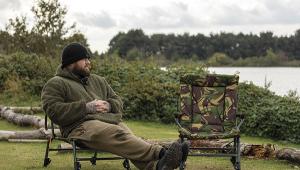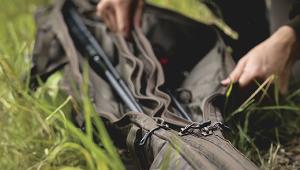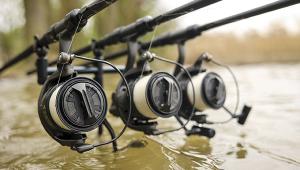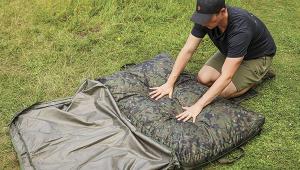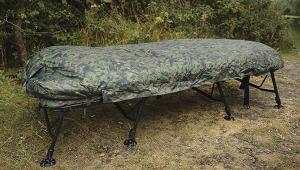EUREKA MOMENTS | BRAD WEGNER
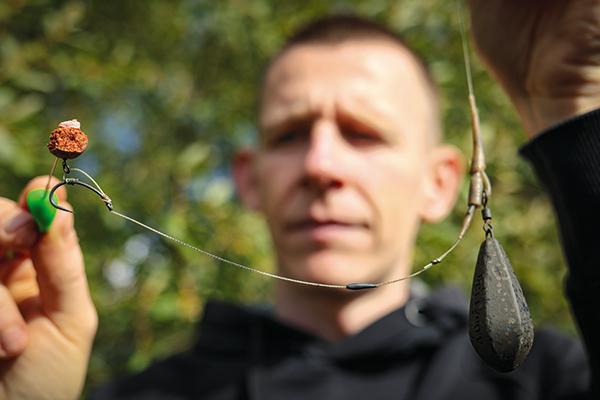
PREBAITING AND MAKING YOUR OWN SPOTS
I first discovered the power of prebaiting back in 2010 when I was fishing an 80-acre pit just down the road from where I lived at the time. It didn’t have a great stock of fish in and they didn’t seem to be overly reactive to things like the wind, so it made it quite difficult tracking them down. As such, I started prebaiting with the hope of getting something going before my actual fishing session, to put me in a better position to catch something. Back then I’d only just left college and was working a part-time job, so didn’t have much money to spend on bait. I was going down to my local pet shop, buying a big bag of birdseed, cooking it up and introducing that as my prebait mix. Within probably two or three weeks of baiting up twice a week with a 15-litre bucket, I started seeing them in the zone, then started getting bites really quickly. It was then that I realised how much of an edge it could be, if I could get away with it.
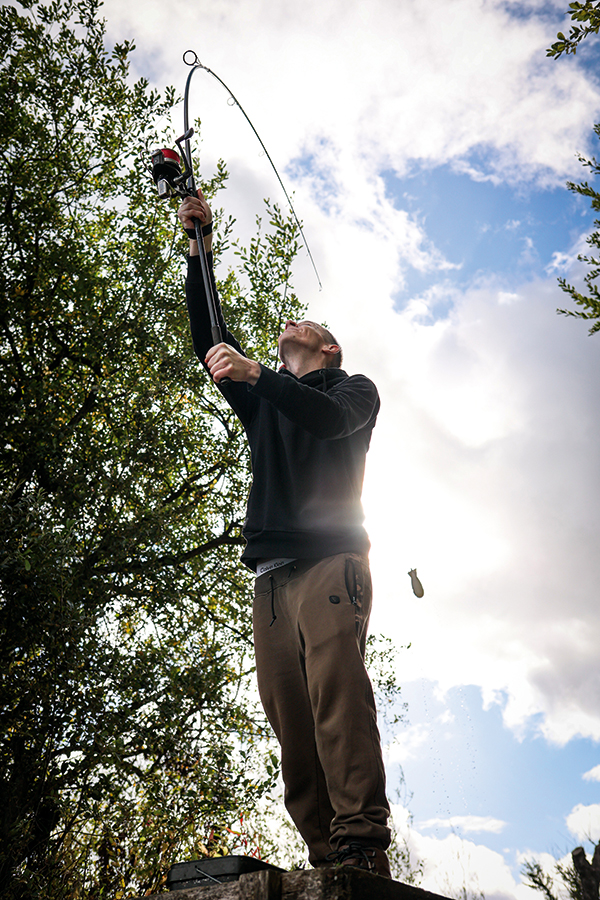
As I typically just get a weekend for my own fishing, I try to find venues that aren’t too busy and I can fish in this way as I feel like it’s a much more effective use of my time. If I’m arriving late to the lake I’m not spending time having it look for them, I can just head straight for the prebaited area, knowing that the prep has been done. Most times, if I’ve got a spot going, I think they return to the spot on a daily basis and so there’s every chance that the fish will be back for more whilst I’m fishing. It often means that you’re getting quick action and there’s every chance of building a good hit of fish while you can keep the spot going.
I mentioned earlier that I started by using seed and it’s a good, cheap way of baiting as it gets everything involved in feeding on the area, which is exactly what I want. However, when they eat it, it goes straight through them and so doesn’t really provide much nutritional benefit. Before I started working for CC Moore, but once I could afford to use a lot more pellets and boilies in my mixes, I did so and I think it helps in a number of ways. Firstly, I know that I’m doing the fish some good and it seems that the fish recognise this as they were trashing the spots to a whole new level! It seemed to get them grazing on the spot and properly feeding for a lot longer than the seeds would. Not only that, but ultimately, the fish would put weight on too, which is always a bonus when you come to catch them!
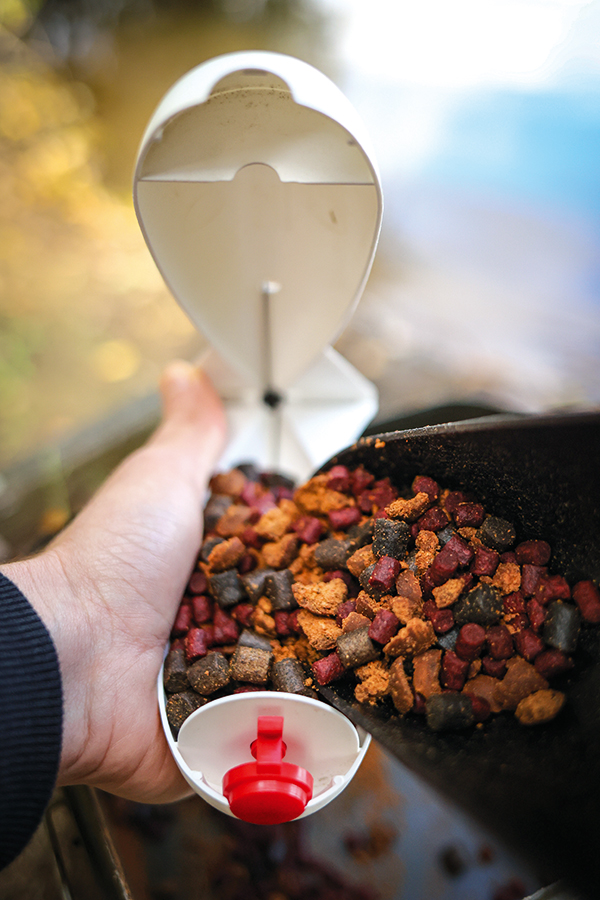
When it comes to prebaiting, I generally won’t start baiting a spot that already exists. Typically I like to find an area that the fish like to be in and start introducing the bait where there aren’t currently any spots, whether it’s just choddy ground or even choked in weed. I like to get the fish in to do the work and create the spot for me, giving me a good indication of when the fish have really cleared it. I literally want as many fish feeding on that zone as I can get while I’m not there, whether it’s carp, bream, tench, roach etc as they will all be helping to keep it clean. Every so often I will chuck a bare lead over the spot and you’ll start to find the area getting clearer and clearer. Eventually it will be really presentable and that’s when I typically start fishing it. This also helps massively on slightly busier waters as quite often you can avoid people either finding or accidentally fishing your baited spot if people know that there’s no spots where you’ve been baiting!
Most recently I started fishing a lake near to my home that had a big linear in it. Having done some research and made a couple of recce trips to the lake, I knew it wouldn’t be a fish I could individually target, but I knew it would be a numbers game. Strangely I found that the carp wouldn’t show in the daytime, but I soon figured where I needed to be and started regularly baiting a spot that I knew no one else was fishing. I was coming down three times a week and giving them loads of bait, literally anything I could get my hands on!
After two weeks of hard baiting, I started reducing the baiting a bit before fishing. That first trip confirmed everything I needed to know. I had baited the day before my trip and the next day had three carp, suggesting they were eating the bait quickly. I started baiting every other day and the next two trips had five fish each session, culminating in the big girl at 47lb 6oz!
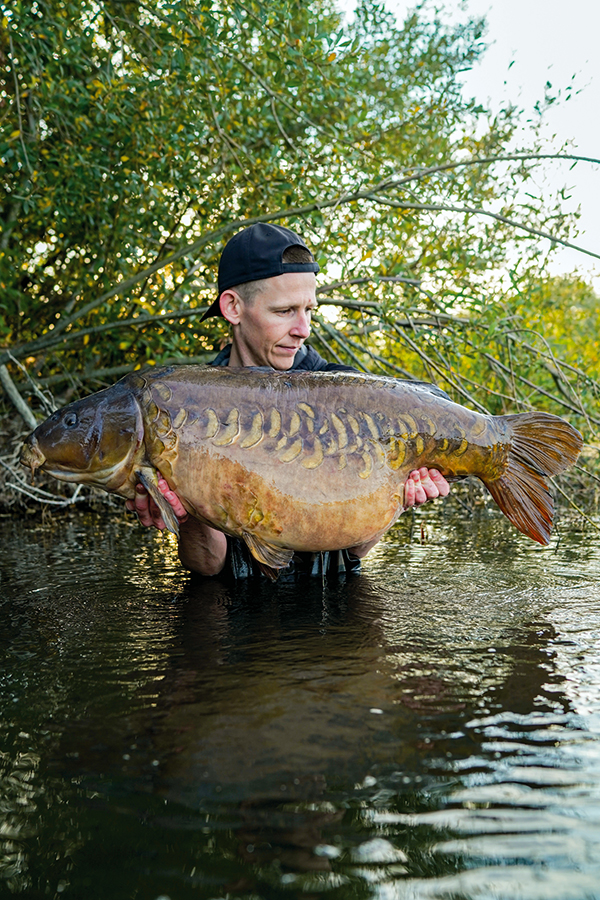
THE ULTIMATE D RIG
At the time I was fishing Elsons at Stanwick Lakes Fishery. It’s a really intimate little lake, crystal clear and has really good margin form. I had loads of spots going around the lake and you could clearly watch the carp feed and even watch them deal with your rigs. Every time I put a rig in place the carp would suck it in and spit it out multiple times before eventually one would get caught – it was doing my head in! I tried everything, right down to 2in supple braid rigs with a big 5oz lead and still they were able to deal with it. I tried bottom baits, pop-ups, snowman rigs, back to back halves – literally everything I could think of! Nothing seemed to be consistent, that was until I tried a stiff D rig with a balanced bait! This time, pretty much every time a fish picked it up, it was instantly nailed! At one point I counted 68 pick-ups and 68 fish landed – it was an incredible revolution in my edge fishing!
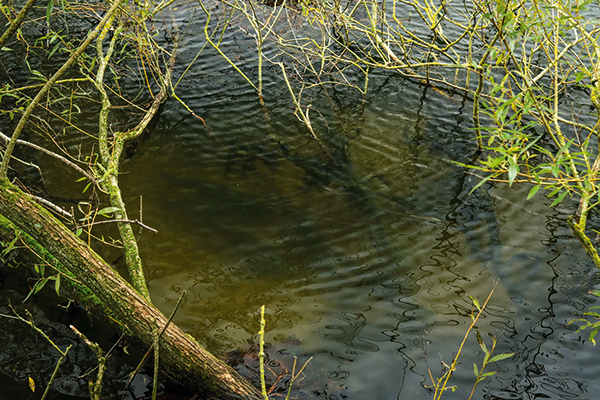
I think the way that I tie the rig has a big influence on its success as I’ve gradually tweaked it up until that point. I tie the rig using a semi-stiff coated braid, utilising a curved shank hook. Initially I used a fluorocarbon, but seeing it in the edge it would sometimes sit funnily due to the stiff nature of that material. The fluorocarbon was super-effective, but it would just fry my brain not knowing whether it was sitting right when fishing out in the pond. Changing to the coated braid allowed just enough movement to sit flush on the lake bed no matter where it landed.
When tying the rig, I first whip the top of the D up on the bend, put on a hook ring swivel then fold the hook link back and tie a knotless knot to form the D. Initially I was putting two blobs of putty on the hook link; one above the anti-tangle sleeve to kick it out, then a second about one inch from the hook, which I thought would help pull the hook into the bottom lip. However, I actually found I got much better hook-hold without that second bit of putty near the hook and found they sucked the bait much further into the mouth! Another point I like to ensure is that the hook link travels straight out the back of the hook so as not to close the gape of the hook – this definitely makes a big difference!
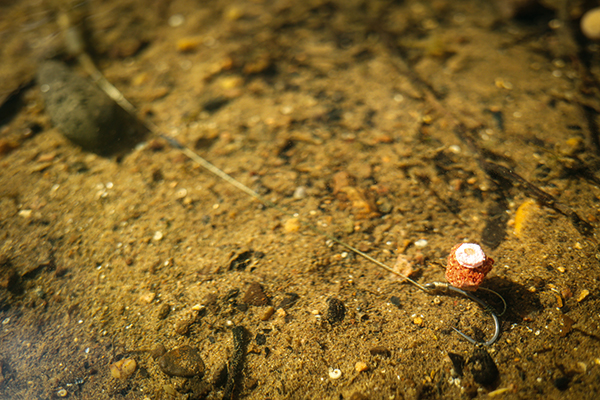
The next thing I also found made a difference was the shape and buoyancy of the hook bait. I always found that an obscure shape definitely seemed to result in more takes. Whether that was due to them picking it up more readily or the way it reacts in their mouth, it definitely works and is something that I use in my angling whenever suitable! I think the round bait just rolls out of their mouth, whereas the little obscure bait bobbles around and I think that gives the hook an opportunity to take hold. Furthermore, I always use a balanced bait, making it as light as possible while still ensuring that the hook itself lies flat on the lake bed. I think when they suck it up, it just flies in and grabs hold!

I’ve got to a stage now where I only use two rigs throughout the entirety of my fishing. Whenever I’ve got a clean hard bottom where I know I can present this rig, I will use it – it’s just so effective. Whenever it’s not quite clear enough I will just use a form of hinge rig with a pop-up to ensure I’m presented well.
BAIT APPLICATION AND PELLETS!
This follows on from the prebaiting to some degree. When I’m prebaiting I want the fish to be preoccupied on the spot for as long as physically possible, however when I come to actually fishing I want them to be moving around a lot more so that they are easier to hook. If there’s loads of crumb and micro pellets they won’t be moving much between mouthfuls, whereas a more spread style of baiting does and this can be achieved by using whole boilies, chops and larger pellets too.
Pellets are such an attractive bait and the small pellets in 2 or 4mm get used all the time. However, for some reason I rarely ever see people using the larger pellets, unless it’s for catfish. I like to use 11mm and 14mm pellets a lot in my fishing, which can be used in the same way as boilies really, in that you can easily catapult or scoop them out a reasonable distance and also get a good spread of bait. The pellets break down a lot quicker than the boilies and just add a huge amount of attraction into the swim.
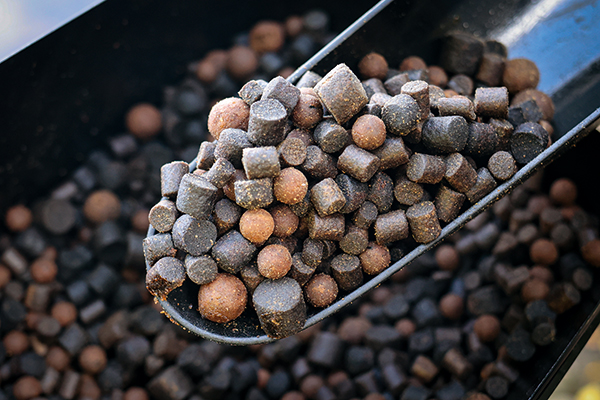
I actually picked this up by watching my mate, who runs Stanwick Lakes. He feeds the carp on certain lakes each day and just laces loads of these big pellets all over the place. I remember feeding these really discreet little baited areas and the carp would come in and feed cautiously over them. I’d then move on to find them absolutely demolishing the bait that had just been spread all over the place by my mate! Within the hour it would just be turned to mud! Ever since then I started feeding in this way and it was a real turning point as it got the fish moving around and feeding really aggressively!
Funnily enough, I’ve also found this is a great way to deal with big tench populations too. I’ve found that tench will demolish a tightly baited area quite easily However, because they feed in a really static way, it seems to take them absolutely ages to get through a more spread area of bait. By feeding like this, it simultaneously decreases the chances of tench clearing you out, while also making the carp easier to hook because they are moving more quickly through the baited area. It really is a win-win scenario!
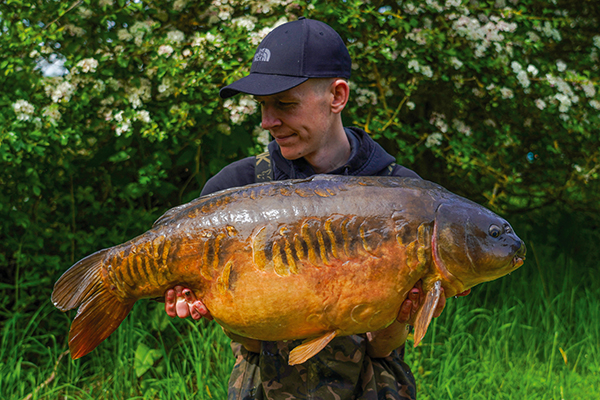
THE EDGE IS THE EDGE
The biggest feature on any lake is the margin and it’s actually neglected by most people, especially on busy day-ticket waters. I find that if you can go about it stealthily, you can often get more consistent results than fishing out in the pond. While many people go in for the big hits fishing out in the pond, it very rarely pays off unless you have got it bang on and you’re right on them. In contrast, fishing in the edge for just a bite at a time, you can often get consistent action even when a lake isn’t fishing at its best. I’d always see it on Elsons where people would opt for an open water swim and pile in the bait hoping for a hit but it would rarely happen. Instead I’d walk round and find individual opportunities in the edge all over the place and end up catching more as a result.
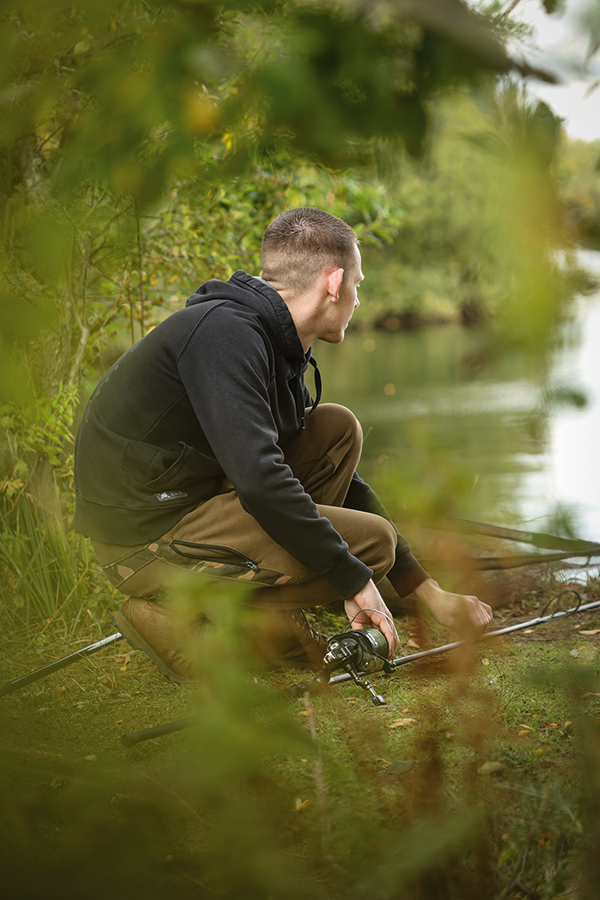
Fishing in the edge can differ a lot between lakes, but in general it’s a very responsive form of fishing – you are generally fishing areas because you think the carp are going to be there and feeding. Either you’ve visibly seen them in clear water, or you’re seeing signs of feeding – clouding of the water, fizzing, tail patterns – as they feed. Furthermore, you aren’t usually using loads of bait too, so typically it doesn’t take long before you get a bite. If things don’t materialise there’s no loss and you just move on to the next opportunity.
Generally I will walk a lake on arrival and bait lots of edge spots with just a little bit of my prebaiting mix in a hope of getting some fish feeding. If I stumble across some feeding fish or return to see that there are signs of the bait being eaten, I will add a little more before heading to get my kit. The thing with edge fishing is that because you’re constantly observing what’s going on, you can almost change things in real time as events unfold.
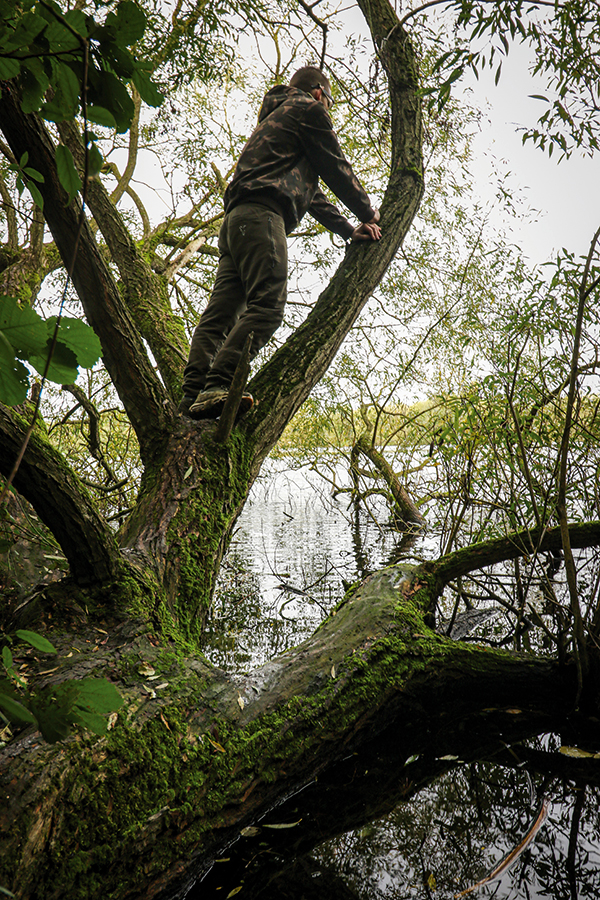
You might find the carp in your lake respond well to a certain bait or avoid a certain bait. You might see that they leave all of the whole boilies until last and so it’s best not to use a whole boilie as a hook bait. You might find the carp are avoiding an area where your rig is, so you can simply lift the rig out and lower it back where the carp have been feeding. It’s all about watching what’s going on and thinking about exactly what is happening and why. You learn a lot by viewing your quarry in this way.
Another real benefit of edge fishing is that it can be a very selective way of fishing. You are often watching the actual fish you’re fishing for, so it can be a great way to catch either the bigger fish or even a particular target fish from a water if you can get them feeding in the edge. Quite often I will get a bunch of edge spots working and keep going round until I find one that my target fish is feeding on.
Sometimes it can pay to not actually fish for random fish that are feeding in the edge; for instance, I may get a group of 20-pounders feeding on a spot, but not actually fish for them. This feeding activity will usually draw other fish into the swim until eventually one of the ones you want will join them. Catching these smaller fish has definitely cost me better fish in the past where one has taken my bait just as a bigger fish has approached the spot. Nowadays, in this situation I will just lift my bait out of the way to avoid these smaller ones so I’ve got a better chance of getting the ones I want.
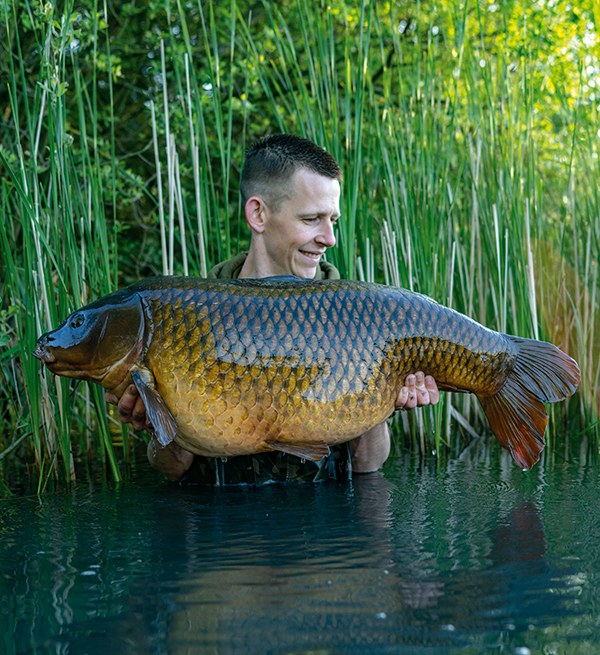
THE POWER OF PINK
Hook bait choice is a really interesting topic for me. I used to experiment a load in my earlier years, but over time one thing really stood out head and shoulders over the rest. One year when I first started edge fishing, the lake I fished at the time was different to most as you could just chuck whole boilies on a margin spot and they’d happily clear it out. I was actually fishing with hinges at the time and was trying different colours over the top – white, yellow, orange, you name it. Each time the carp would come in and feed around the hook bait before eventually picking it up as if it was just another bait on the spot.
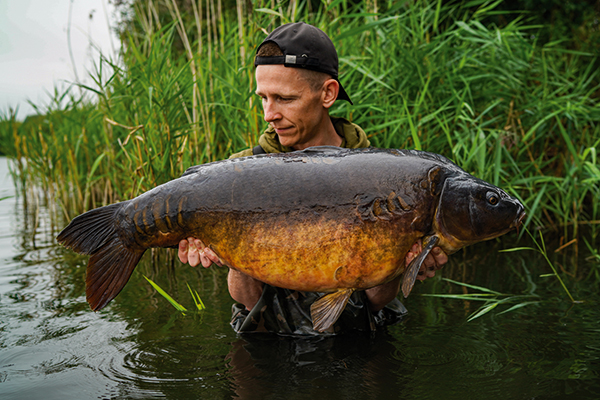
Eventually I tried a washed-out pink and it was like a magnet! More often than not, they’d swoop straight in and hang themselves first time! There’s a certain colour that they just seem to home in on and keep going for first time, time and again – the Dairy Supreme and the Carp Freaks are that perfect colour. Another good example was a recent session to Burghfield Gold Lake with the CC Moore guys. I was fishing a far margin spot and lowering the rig on to the spot. I could see the baited area and I’d baited it with three handfuls of bait. Over the next 24 hours I had 10 bites off that spot and never put any more bait in because each time I checked and none of the bait had been eaten – each time the carp must have gone down on the spot and picked my hook bait up first time!
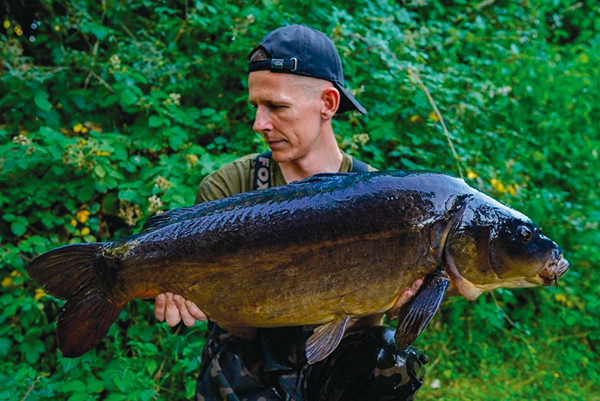
Often you can get away with just a bright pop-up in that washed-out pink colour and they’ll happily take it, but this can be too blatant on pressured lakes. They home in on it as if they want it, then turn away last minute as if something is wrong! I started using little trimmed down match-the-hatch wafter hook baits, tipped with a tiny fleck of that pink colour. It seems to work and they home in on that tiny fleck of colour. However, because it’s not so blatant, they would engulf the hook bait more readily. These days, 99 times out of 100 I will use washed-out pink in some form or another on every venue I fish – it’s probably the biggest game changer in my fishing!
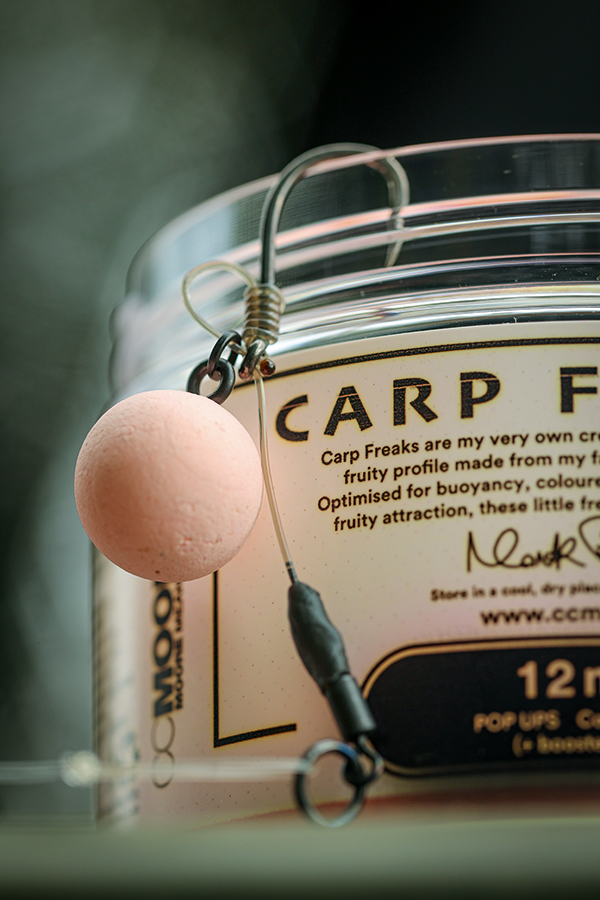
- Log in or register to post comments
